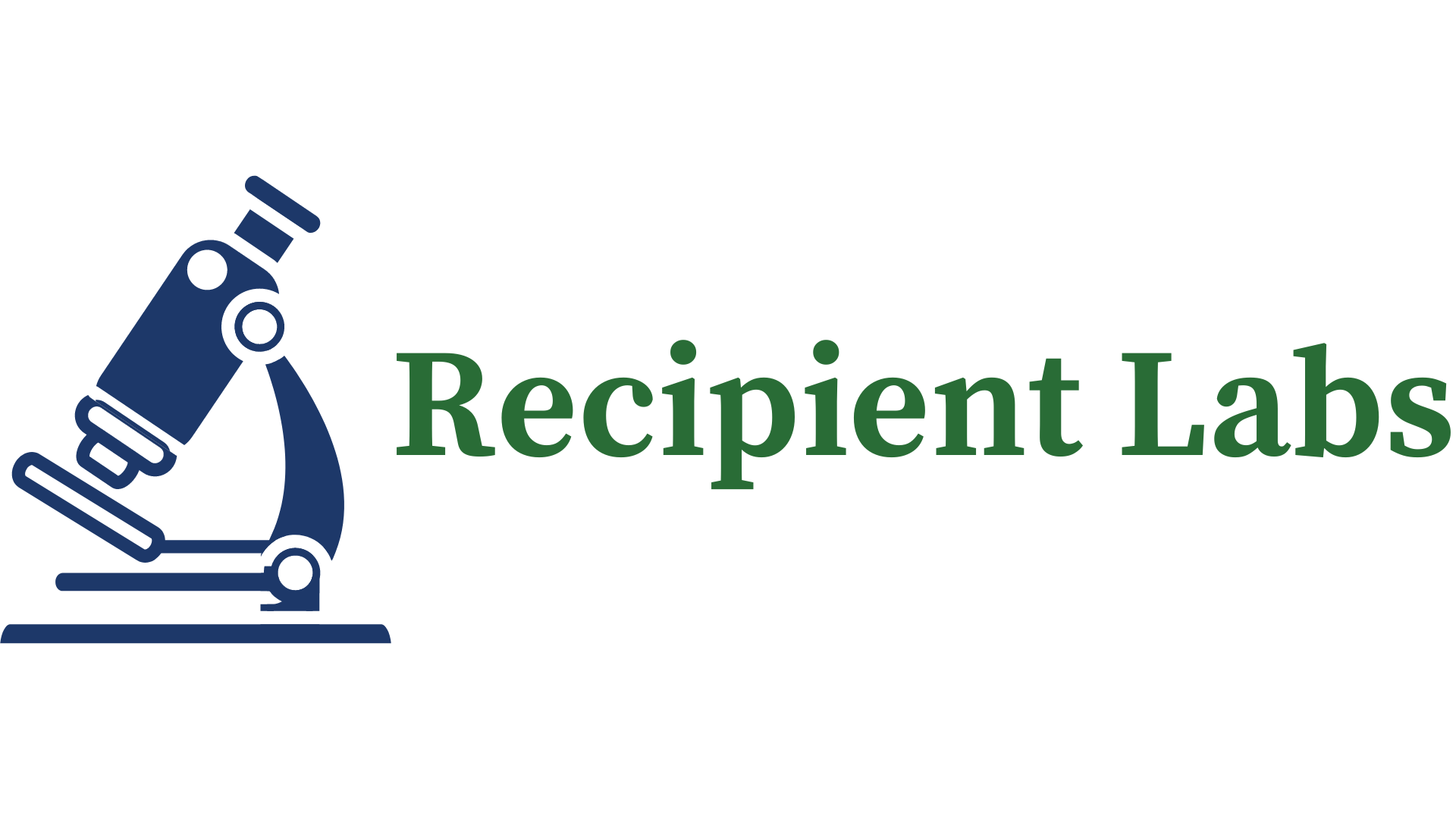When the speechwriting is almost done, it’s time to move on to the delivery training.
Why do we say “almost done”?
Because we need to make sure the speech we’ve written is going to work in real life, and we can’t start to gauge that until we start the training. Does the speech hold up when it gets into a more dynamic “stress test”-sort of environment? Does it sound right coming out of the mouth of the speaker?
There are many facets of delivery training, but one is particularly important for lead generation activities:
Cultivating audience participation.
An audience that knows it’s okay to participate is an audience that is more likely to come up to you after the speech, or at the breaks, to introduce themselves and find out more. If you don’t break the barrier between speaker and audience, that barrier will remain and you will only get about 30% as many opportunities to follow up with potential customers afterwards.
There are many ways to drum up audience participation, but here we’re going to mention a couple in particular:
1. Start with a time shift phrase
We all recognize time shift phrases from the stories of our childhood: “once upon a time,” “way back when,” etc. And so we’ve been trained all our lives that whenever we hear a time shift phrase, it’s time to sit back and listen. Time shift phrases put us in listening mode.
Examples:
–Last year, we noticed that…
–Two weeks ago, when I was cleaning out the trash…
–Yesterday, someone asked me why…
2. Open a question
The human brain is a question-solving machine. It’s so obsessed with solving questions that it will invent patterns and answers that don’t really exist. Sometimes, that obsession causes us to do stupid things, like vote for the wrong presidential candidate or date the wrong person.
However, a speaker can (and should) use that tendency to his/her own advantage.
Plant a question in the audience’s minds. Better yet, if you know your audience well, you already know the questions on their minds. So ask one of those questions, and let the audience watch and learn as you journey towards an answer.
Examples:
—Profit margins at many agencies are falling. Why?
—Stock levels at wholesalers are typically much higher than they need to be. The technology to bring them down exists, but still they stay high. Why is that?
—The boards of many companies tend to be too quick to support the CEO’s decisions. You might think you know why, but today I’m going to float another theory past you.
Often, there’s a tendency to want to answer the question quickly. After all, you may be thinking, you’re an expert, and shouldn’t you know the answer already?
And in fact, you probably do know the answer already. But the audience already knows you know the answer. That’s why they asked you to speak. They want to see how you think, how you go about solving problems, how well you can understand a situation.
So resist the temptation to answer the question immediately. Let it hang out there, unanswered, for a while. Your audience wants to know what you did between the time you asked the question and the time you answered the question. They want to learn from you. Don’t disappoint them.
On a related point:
Make the question a little more complicated than you can answer completely during the presentation. Leave some possible answers unaddressed. Not too many, because then you might seem like you don’t understand the complexity of the issue. But enough so that audience members come up to you at the break and say things like, “Yeah, but what about XYZ?” And then you get to talk about XYZ and cut the conversation short and say things like, “I’ve got to go, here’s my business card, call me and we can discuss this more.”
By the way, when we say in the sessions “open a question,” we mean “ask a question.” When we say “close the question,” we mean answer the question.
3. The list goes on and on. There are many ways to enhance audience participation. For a deeper study of them, consider signing up for our Communications Tuneup weekly course. Studying and practicing those techniques is a big part of what we do in there.
But the main takeaway to remember at this point is that 80% of those ways, including the two you just read about here, are structural. They are not personality-dependent. They do not rely on some magical charisma that allows you to work a crowd like god knows what.
Some charisma helps, sure, it never hurt anyone. But the truth is that most audience participation techniques rely on seeds that were already planted in the audience’s minds years ago. There’s no magic to stirring audience participation. It just takes a little practice so you know where to find the existing triggers and how to pull them.



